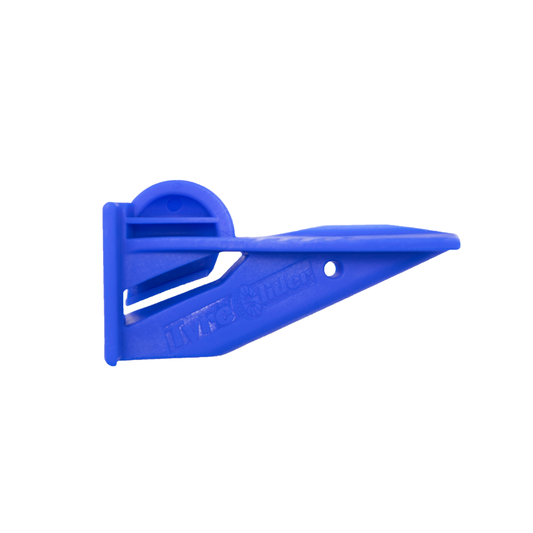In-ter-vuhlz
Noun, Verb
Intervals are short bursts of high-intensity exercise, followed by recovery periods.
Example usage: 'I'm doing interval training on my bike this morning to improve my speed.'
Most used in: Triathlon and road cycling circles.
Most used by: Competitive athletes and those training for races.
Popularity: 8/10
Comedy Value: 4/10
Also see: Interval Training, Interval Sprints, Interval Repeats, Interval Rides,
What are Intervals in Cycling?
Intervals are an important part of any cyclist's training plan. They are short bursts of intense effort, usually done at a higher intensity than your normal pace. Intervals can be done with any type of bike and can be as short as 30 seconds or as long as several minutes. Intervals can be used to increase your speed and power, improve your endurance, or simply give you a good workout.
Intervals are typically done in a series of sets. For example, a cyclist might start with a warmup, followed by a series of 30-second intervals with a rest period in between each set. The length and intensity of the intervals can be adjusted to fit the individual's goals and current fitness level. Intervals can be done on a flat course, on a hill, or on a road with varying terrain.
Interval training has been shown to be an effective way to improve aerobic capacity, increase endurance, and burn calories. Studies have also shown that interval training can improve VO2 max, which is the maximum amount of oxygen a person can consume during exercise. Intervals can also be beneficial for those who are just getting into cycling, as they offer a way to safely and gradually increase intensity.
Intervals can be a great way to challenge yourself and take your cycling to the next level. Whether you are a beginner or an experienced cyclist, incorporating intervals into your training plan can help you reach your goals and become a stronger, faster cyclist.
.The Origin of the Cycling Term 'Intervals'
The cycling term “intervals” originated from the French language and has been used since the late 19th century. It was first used to describe the practice of alternating between periods of high intensity effort and periods of low intensity effort in cycling. This technique was first implemented by French cyclists in the late 1880s and was used to improve performance.
The term “interval” is derived from the French word “intervalle” which means “interval”. This term was first used in cycling to refer to a period of time in which the cyclist would alternate between periods of high intensity effort and periods of low intensity effort. This technique was used to improve performance and to help the cyclist to become more efficient in their riding.
The use of intervals in cycling has become an important part of training and racing for many cyclists. It is used as a way to improve performance, increase endurance, and to help the cyclist become more efficient in their riding. Today, intervals are used by professional cyclists and recreational cyclists alike, and it is a technique that is widely used in the cycling world.












